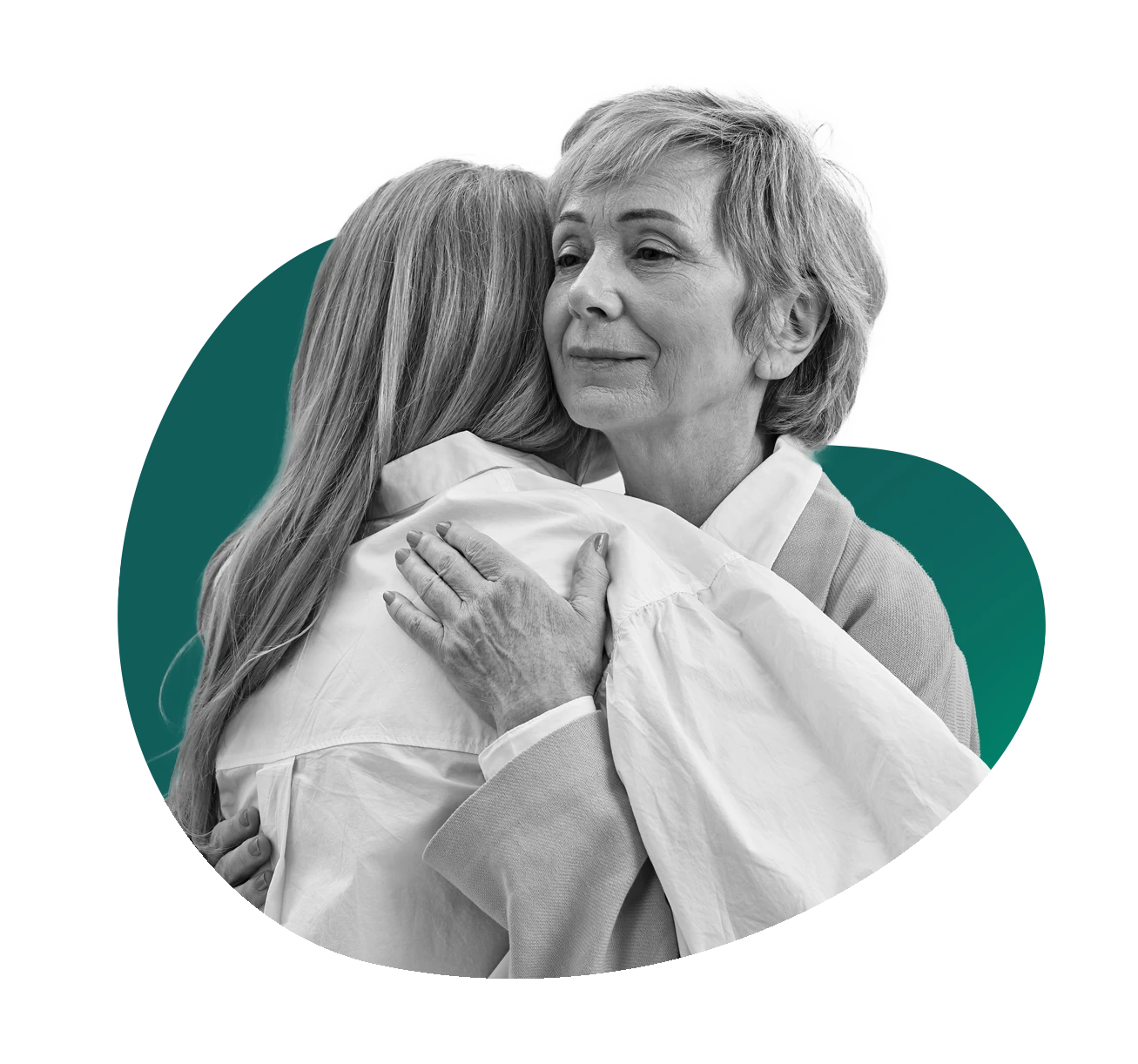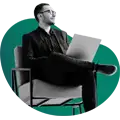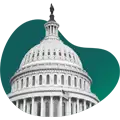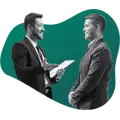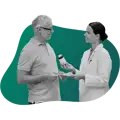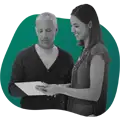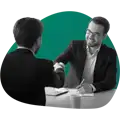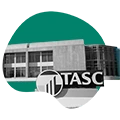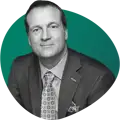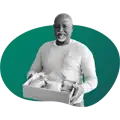If the option to pay a higher rate to get somewhere quicker existed, many would choose to do so, particularly when time is of the utmost importance.
But what if time is not an issue, you could arrive at the same destination, and for FREE – without breaking the law – one could circumvent the “expensive” route and take a nearby route that costs nothing.
A great example of this “to pay or not to pay” situation is laid out in an essay titled “Thoughts on Legitimate Tax Avoidance” by Louis Brandeis (1856-1941):
“I live in Alexandria, Virginia. Near the Supreme Court chambers is a toll bridge across the Potomac. When in a rush, I pay the dollar toll and get home early. However, I usually drive outside the downtown section of the city and cross the Potomac on a free bridge.
“This bridge was placed outside the downtown Washington, D.C. area to serve a useful social service: getting drivers to drive the extra mile to help alleviate congestion during rush hour.
“If I went over the toll bridge and through the barrier without paying the toll, I would be committing tax evasion.
“If, however, I drive the extra mile outside the city of Washington and take the free bridge, I am using a legitimate, logical and suitable method of tax avoidance, and I am performing a useful social service by doing so.
“For my tax evasion, I should be punished. For my tax avoidance, I should be commended.
“The tragedy of life is that so few people know that the free bridge even exists!”
Jackie Jacobs, CEO of the Columbus Jewish Foundation adds her thoughts to Brandeis’ essay describing how the act of choosing a free bridge over a toll bridge dating back to the early 1900’s still resonates today. It demonstrates the simplicity of legitimate tax avoidance that can be embraced by everyone:
“There are free bridges located within the Internal Revenue Code which allow you to legitimately avoid unnecessary taxes…the key is to know where to find them.” (Ohio Jewish Chronicle, March 26, 2015)
The “free bridge” described above by Brandeis lends itself to a challenge we have now: Navigating the tax code legally and using the “free bridge” whenever possible. Time is of the essence with tax season upon us and President Trump’s attempt to simplify tax reform proving to be a challenge.
So how exactly did we find ourselves in this situation?
Over the years, unpredictable rules and legislation, along with hundreds of products from hundreds of companies, have brought both complexity and confusion to the Third Party Benefits Administration industry that began with the intention of simplicity. It’s an unfortunate truth – but, it doesn’t mean businesses cannot help themselves to a solution.
As a taxpaying community (citizens, employees & employers) need to take action by taking advantage of the tax code. It goes beyond learning and sitting still; becoming informed is not enough. You need to ACT.
TASC exists to take action and help businesses and employees get the most out of finding and going the extra mile to use the “free bridge.”
But how?
While digital and online technology programs (think TurboTax) continue to grow there is never going to be a replacement for the human element when navigating the waters of tax code here in the United States. That “human element” is the key to helping identify and optimize every option possible when it comes to legitimate tax avoidance. We can find these elements present in individuals such as the tax preparer or the insurance broker to the call center or service representative. But people undervalue the value of these resources.
The truth still stands – tax EVASION still must be punished, just as Justice Brandeis stated in the article.
But tax AVOIDANCE should be commended. And with the help of human elements, many more of you can take advantage of the “free bridge” of legitimate tax avoidance by knowing where to look and how to navigate the murky waters and complication of the tax code.
TASC is at the ready to simplify and maximize your tax avoidance efforts.

